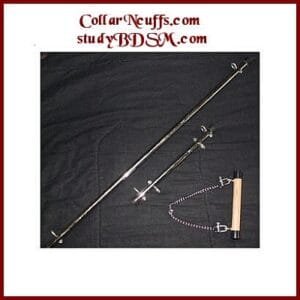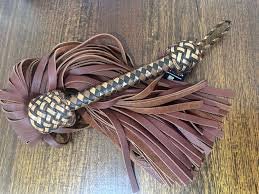Kinky Crafts

Here are a few kinky craft items you can make easily for Femdom play and inexpensively for yourself. Maybe you want to be able to construct some toys instead of carrying things with you when you travel, or maybe you like the idea of using things you've made on someone. Either way, here are seven quick ideas for toys you can make yourself from easy obtainable materials. Each of the materials lists tells you what you need to make one of them, but you can make as many as you want the same way.








